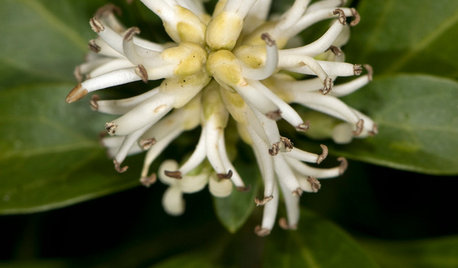I had occasion today to visit a Whole Foods store, and got a chance to talk to a produce person of theirs. I must say I am very impressed with the steps they are taking to insure that the consumer receives a quality, safe product, and that the environment is not hurt, and is hopefully benefitted by the agriculture involved. They have introduced a new rating system of good, better and best with respect to growing and stewardship standards. Growers are rewarded with incrementally better ratings as the achieve certain goals. There are seven primary areas where growers are rated as mentioned on their website:
Soil Health
Healthy soil is essential for nutritious crops and a thriving environment. Responsibly Grown rewards farming practices that evaluate, protect and improve soil health. Examples include composting, rotating crops and using the latest science to measure and enhance nutrients in the soil.
Air, Energy and Climate
Air quality and climate change are directly related to energy choices�and all have far-reaching implications for human health. Responsibly Grown rewards farming practices that reduce air pollution and conserve energy. Examples include tracking greenhouse gas emissions and using renewable energy sources such as wind or solar power.
Waste Reduction
Keeping waste out of landfills can lead to cleaner land, air and water. Responsibly Grown rewards farming practices that minimize waste. Examples include reducing packaging and recycling farm materials such as plastic and oil.
Farmworker Welfare
Our commitment to human health begins with the workers who grow and harvest the crops. Responsibly Grown rewards farming practices that create better working conditions. Examples include reducing pesticide risks, providing protective equipment and participating in third-party auditing programs to promote safe conditions and fair compensation.
Water Conservation & Protection
Clean, plentiful fresh water is essential to agriculture and human health. Responsibly Grown rewards farming practices that protect and conserve water. Examples include rainwater collection and drip irrigation. Farmland can provide important habitat for wildlife. Responsibly Grown rewards farming practices that protect native species. Examples include planting "bee-friendly" wildflowers, improving conservation areas and taking steps to protect beneficial insects from harmful chemicals.
Ecosystems & Biodiversity
Farmland can provide important habitat for wildlife. Responsibly Grown rewards farming practices that protect native species. Examples include planting "bee-friendly" wildflowers, improving conservation areas and taking steps to protect beneficial insects from harmful chemicals.
Pest Management
To produce healthy crops, farmers must manage constantly evolving pests and diseases. Growers use a variety of techniques to address these challenges, and pesticides are one option among many.
Responsibly Grown expresses Whole Foods Market��s industry-leading commitment to reduce pesticide use and its risks to consumers, farmworkers, wildlife and the environment.
Farming Practices
To earn a Good, Better or Best rating, growers must use proven techniques to reduce pesticide use and impact. Examples include using non-chemical controls, such as rotating crops among fields, monitoring pest populations and weather conditions, calibrating application equipment and reducing drift movement of pesticides.
There are lots of details on their well-considered approach to food and floral standards on their web site. I found it instructive to see where I'd fit in their rating system. I particularly like this approach because it is not all or nothing as certification is. If a grower cannot achieve one part of the certification requirements, they are simply not certified. With the Whole Foods approach, that same grower may be able to use an alternative which achieves the same or similar goals; the grower can still be rewarded with a best rating because they aimed at the goal of the requirements instead of the requirements themselves.
One of the things I am most proud of is that when children see what I produce, they can pick the produce off the plant, dust it off if necessary, and eat it; there is nothing in anything I produce that I would be concerned about children touching or eating. In fact, when children come, they often do just that: pick off the vine and be amazed at what really fresh, high quality produce tastes like. They snack on foods that otherwise they might be loathe to even try. I use no pesticides, so I don't have to worry about reentry intervals, or if there is a residue on the product. I have several friends battling cancer or other illnesses; they also appreciate not having to worry about what they are eating. I like the term responsible growing; it is one I've used in the past, and I hope the Whole Foods folks can make it something of a standard for the future. So, what do you think? Do their standards and criteria match what you would hope for in a produce or flower producer?
Renais













peter_6
renais1Original Author
Related Discussions
I Need a 'Professional' AV Growing in Fort Laud.
Q
Questions about living in the north.
Q
does this look expensive to you? funny response from angry person
Q
More Wedding Questions.......
Q
pnbrown
User
User
renais1Original Author
Kimmsr
FrancoiseFromAix
glib
renais1Original Author
User
Kimmsr
User